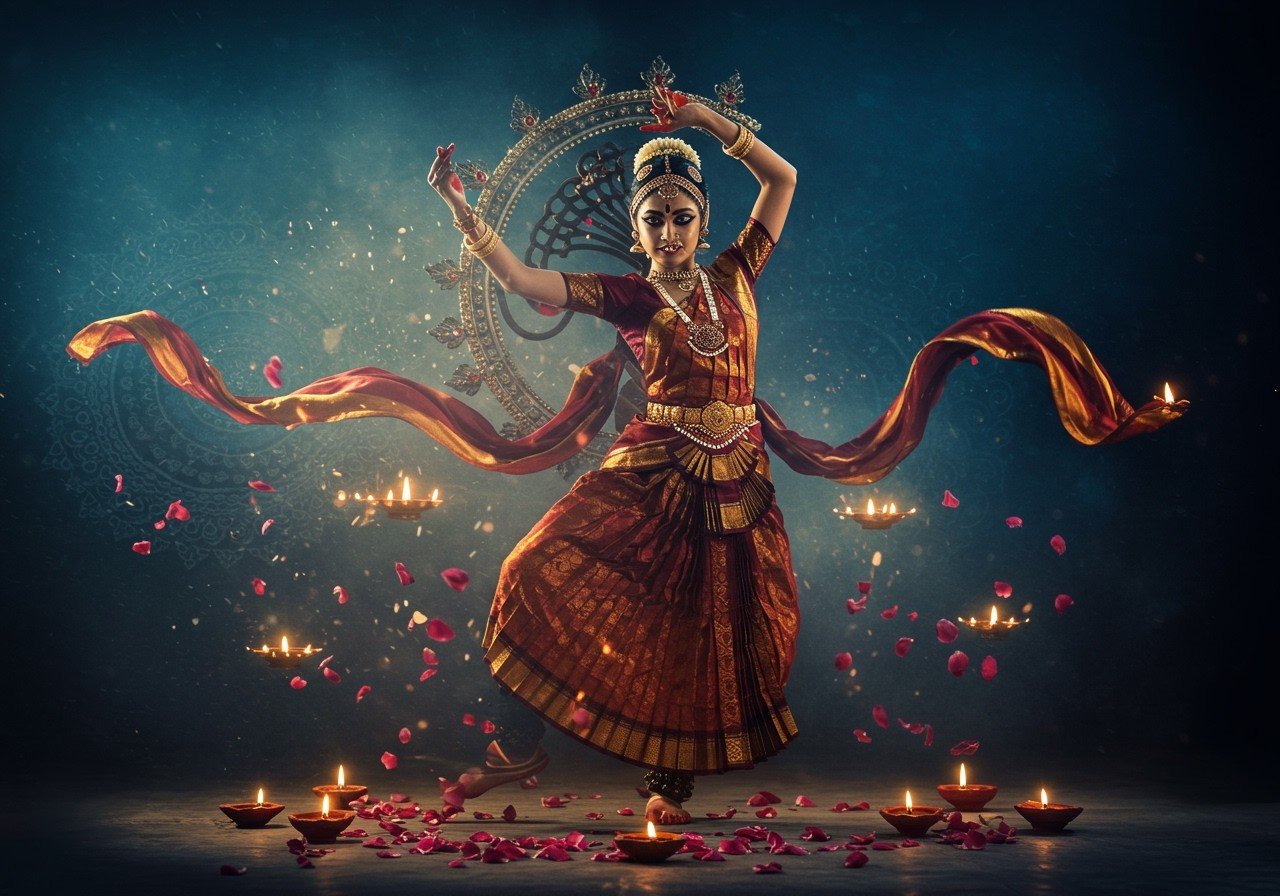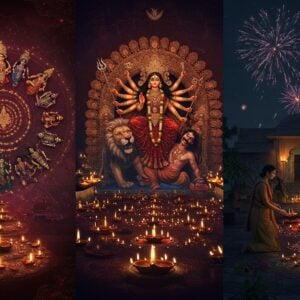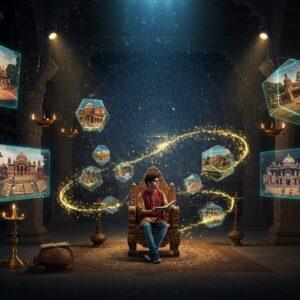
Immerse yourself in the captivating world of Indian classical dance photography. This guide provides valuable insights into effectively capturing the essence and narrative of this vibrant art form. Delve into the significance of dance in Indian culture, explore the diversity of dance forms, and learn how to translate these elements into stunning images. Understand the importance of preserving the authenticity and tradition of Indian classical dance through the art of photography.
Understanding Indian Classical Dance
Indian classical dance is a rich tapestry woven with threads of history, culture, and spirituality. It encompasses a diverse range of forms, including Bharatanatyam, Kathak, Odissi, Mohiniyattam, Kuchipudi, Sattriya, and Kathakali, each distinguished by its unique storytelling techniques, expressive aesthetics, and regional influences. Dance plays a vital role in religious and cultural rituals, festivals, and social gatherings, serving as a powerful medium for artistic expression, spiritual devotion, and cultural preservation. These multifaceted elements can be beautifully captured and conveyed through evocative photographs. Before embarking on a photographic journey into this world, understanding the nuances of each dance form is crucial for portraying its true essence with sensitivity and accuracy.
Key Elements of Indian Classical Dance Photography
Successfully capturing the spirit of Indian classical dance requires careful attention to several key elements that contribute to its visual richness and narrative depth. Lighting plays a crucial role in setting the mood and evoking emotions, transforming the performance space and enhancing the dancer’s expressiveness. The vibrant costumes, adorned with intricate embellishments and symbolic motifs, and the detailed makeup, designed to accentuate facial expressions and convey character, add layers of meaning to the visual narrative. Capturing the fluid movements and nuanced expressions of the dancers is paramount for telling a compelling visual story that transcends the boundaries of time and space. Furthermore, the inclusion of traditional musical instruments, often played live during performances, adds an element of authenticity and cultural context, enriching the overall photographic experience.
Indian Classical Dance Poses
Indian classical dance is characterized by its iconic and expressive poses, each imbued with symbolic meaning and narrative significance. Mudras, or hand gestures, are a fundamental element of Indian classical dance, conveying complex emotions, stories, and symbolic representations with intricate hand movements. Facial expressions, known as abhinaya, are another cornerstone of the art form, skillfully conveying emotions, narratives, and character portrayals through subtle changes in facial muscles and eye movements. The dancer’s posture and body alignment, honed through years of rigorous training, are essential elements that reflect the discipline, grace, and precision of the dance form. Anticipating and capturing the perfect moment in a dance pose, when all these elements converge in harmony, requires a combination of technical skill, artistic vision, and an intuitive understanding of the dance form.
Tips for Capturing Stunning Indian Classical Dance Photos
Photographers, both seasoned professionals and enthusiastic amateurs, can benefit from practical advice and insights to capture stunning and evocative images of Indian classical dance. Attending rehearsals provides a valuable opportunity to familiarize oneself with the dance routine, anticipate key movements, and experiment with different camera angles and settings without the pressure of a live performance. Choosing the right equipment, including lenses and cameras suited for low-light conditions and fast-paced action, is essential for capturing high-quality images that do justice to the dynamism and artistry of the dance. Utilizing the burst mode feature on your camera allows you to capture a rapid sequence of images, increasing your chances of freezing fleeting moments of expression, intricate gestures, and dynamic movements. Ultimately, patience and an understanding of timing are indispensable qualities for capturing the true essence of Indian classical dance and preserving its ephemeral beauty in still frames. Careful and considered post-processing can further enhance the vibrancy, detail, and emotional impact of your photographs, subtly refining lighting, contrast, and color balance while preserving the authenticity of the performance.
Creating a Visual Story
Crafting a compelling visual narrative involves more than just capturing individual moments; it requires thoughtfully sequencing images to tell a coherent and engaging story that unfolds through the captured frames. Incorporating elements such as the stage settings, the elaborate backdrops, and the vibrant costumes adds depth and context to the visual narrative, immersing the viewer in the performance’s atmosphere. Including glimpses of audience reactions can further enrich the storytelling by conveying the emotional resonance and shared experience of the performance. Utilizing a combination of wide-angle shots, which establish the overall scene and capture the grandeur of the performance, and close-up shots, which focus on the dancer’s intricate movements and expressive gestures, provides visual variety and depth. Most importantly, capturing candid moments behind the scenes or between performances reveals the dancer’s personality, dedication, and passion for their art, adding an authentic and intimate dimension to the visual story.
How Poojn.in Enhances Your Classical Dance Photography Experience
For photographers seeking to capture the beauty and authenticity of Indian classical dance, Poojn.in offers a curated selection of essential items to create a truly immersive and culturally rich atmosphere. Our collection includes:
- Traditional brass oil lamps (diyas): Add a warm, inviting glow to your photography setups, evoking the traditional ambiance of classical dance performances. Explore our Diya collection.
- Decorative bells and ghungroos: Use these as meaningful props to enhance the visual storytelling of your photographs, adding a touch of sonic and visual texture to your compositions.
- Pure cotton wicks for oil lamps: Achieve the perfect lighting ambiance with our high-quality cotton wicks, ensuring a steady and evocative flame for your dance photography sessions. Find authentic cotton wicks here.
- Authentic kumkum and alta (red dye): Capture the traditional makeup of dancers with our authentic kumkum and alta, adding vibrant color and cultural significance to your images.
- Incense sticks and dhoop: Create the right mood and atmosphere with our fragrant incense sticks and dhoop, infusing your photography sessions with the scents of tradition and spirituality.
These items are available for nationwide delivery through our secure online platform, ensuring convenient access to authentic cultural products. Each product is carefully selected for its authenticity, quality, and craftsmanship, ensuring that your classical dance photography captures the true essence and spirit of Indian performing arts. Visit Poojn.in to explore our complete range of traditional items and enhance your classical dance photography sessions. We offer reliable shipping, secure payment options, and expert guidance on product selection.
Embracing the Art of Dance Photography
Capturing the dynamism and grace of Indian classical dance transcends the technical aspects of photography; it’s about honoring a rich cultural tradition and preserving its legacy through the lens. By combining technical proficiency with artistic vision and a deep respect for the art form, you can create stunning visual stories that celebrate the elegance, passion, and spiritual depth of Indian classical dance. Remember to approach this art form with cultural sensitivity, ensuring that your photography reflects the beauty, complexity, and profound significance of the dance. As you continue your journey in dance photography, let your camera serve as a bridge between tradition and modernity, capturing timeless moments and preserving them for generations to come. Explore more about Indian temples and cultural heritage on Poojn.in through articles like Andhra Pradesh Coastal Temples and Bhoganandishwara Temple.
FAQs on Capturing the Essence: Indian Classical Dance Photography
What is Indian Classical Dance Photography?
Indian Classical Dance Photography is a specialized genre that focuses on capturing the beauty, emotion, and narrative depth of traditional Indian dance forms. It goes beyond simply documenting movements; it aims to create visually stunning images that convey the essence of the dance, highlighting unique poses, expressions, costumes, and the overall ambiance of the performance.
Why is lighting important in dance photography?
Lighting is crucial in dance photography as it shapes the mood, emphasizes the dancer’s movements and expressions, and adds depth and drama to the images. Proper lighting can bring out the vibrant colors of costumes, highlight intricate details of the dance, and create a sense of movement and energy. Skilled use of light and shadow can transform a simple photograph into a captivating work of art.
How do you capture the perfect dance pose?
Capturing the perfect dance pose requires a combination of anticipation, timing, and an understanding of the dance form. It’s essential to anticipate the dancer’s movements, familiarize yourself with the choreography, and be ready to click the shutter at the precise moment when the pose is at its peak expression. Burst mode can be invaluable for capturing a sequence of movements and selecting the most striking pose.
What equipment is best for dance photography?
A DSLR or mirrorless camera with a fast shutter speed, a wide aperture lens (like a 24-70mm or 70-200mm zoom lens or a 50mm prime lens), and good low-light performance is ideal for dance photography. A fast shutter speed is crucial for freezing motion, while a wide aperture allows for a shallow depth of field, isolating the dancer from the background.
How can photographers add emotion to dance photos?
Adding emotion to dance photos involves focusing on the dancer’s facial expressions, body language, and the overall energy of the performance. Capturing moments of intense concentration, joy, or spiritual connection can imbue the images with emotional depth and resonance.
Should photographers know about dance forms?
Yes, having a basic understanding of the different Indian classical dance forms is highly beneficial for photographers. Knowing the specific poses, mudras (hand gestures), and the narrative context of the dance allows photographers to anticipate key moments, compose shots more effectively, and capture the true essence of the performance.
How can backgrounds affect dance photography?
Backgrounds play a significant role in dance photography. They should complement the dancer and the dance form without being distracting. A simple, uncluttered background can help draw attention to the dancer, while a more elaborate backdrop can add context and visual interest. Careful consideration of the background is crucial for creating aesthetically pleasing and impactful images.
Are post-processing techniques used in dance photography?
Yes, post-processing techniques are commonly used in dance photography to enhance the images and bring out their full potential. Editing can be used to adjust lighting, contrast, colors, and sharpness, as well as to remove any distractions or blemishes. However, it’s important to maintain the authenticity of the performance and avoid over-processing, which can detract from the natural beauty and emotion of the dance.


